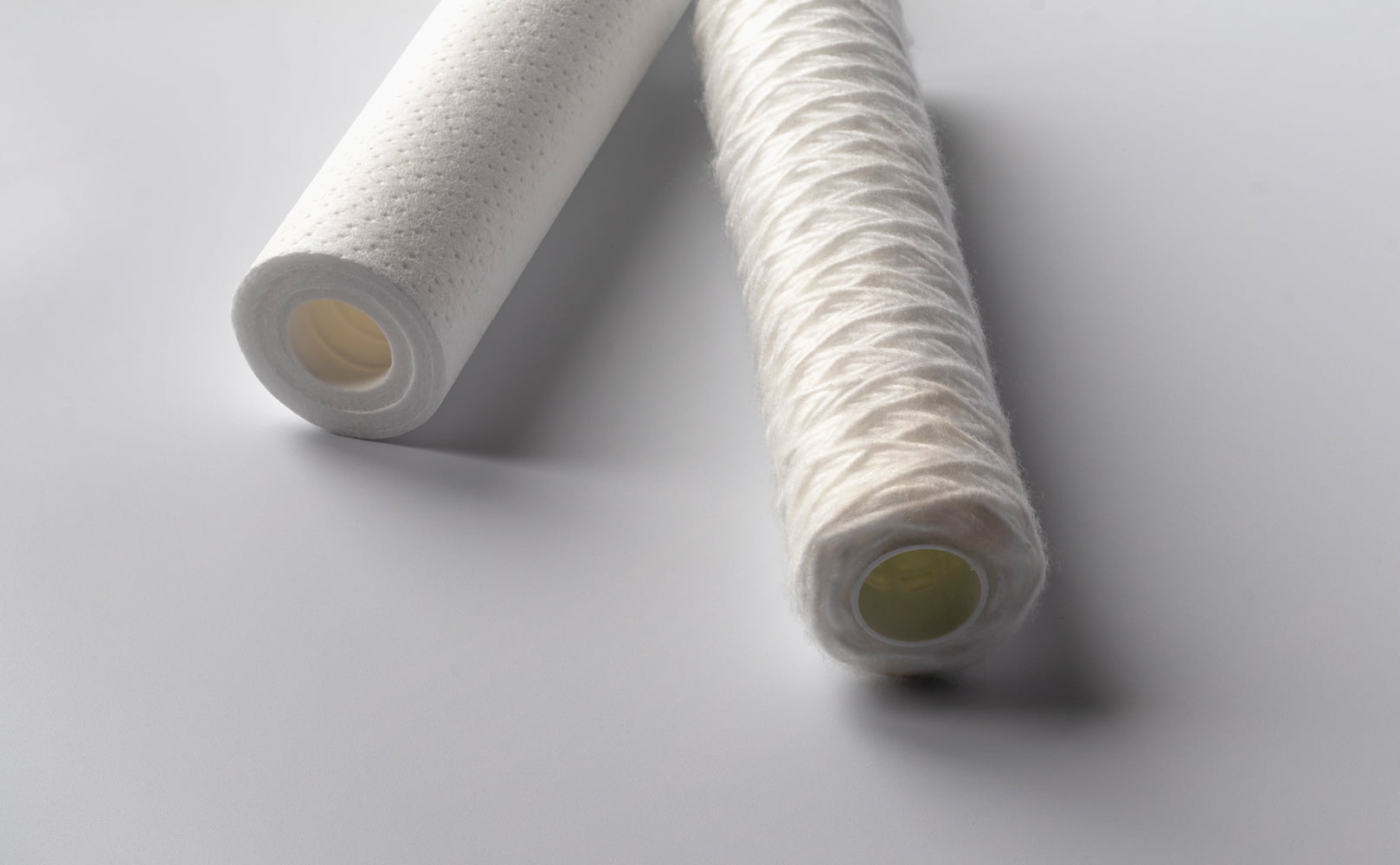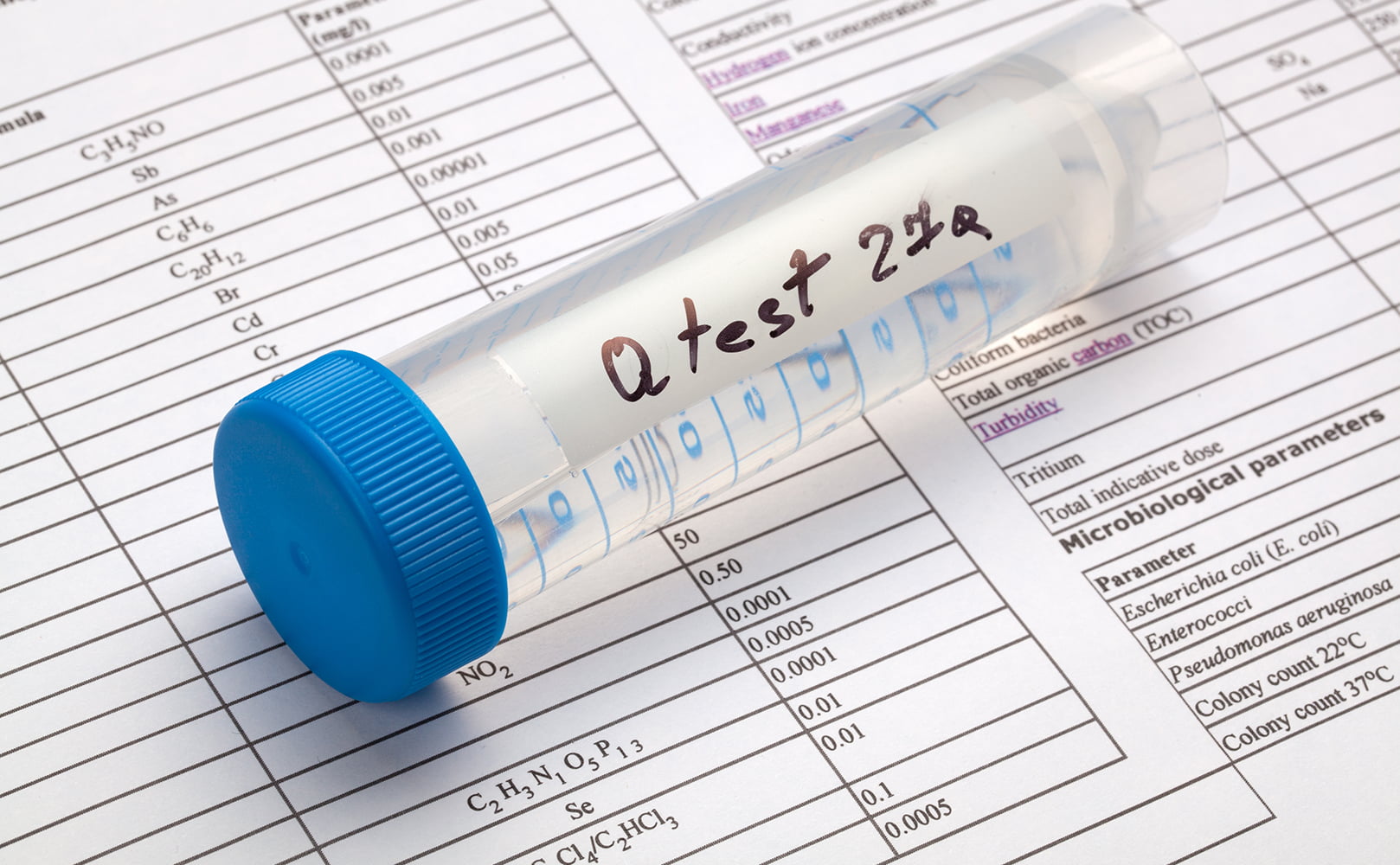The Pros and Cons of Whole House Reverse Osmosis Systems
Written by: Gene Fitzgerald // Last Updated: Aug 25, 2023
This page may contain affiliate links. If you buy a product or service through such a link we earn a commission at no extra cost to you. Learn more.
Before deciding to install a whole house reverse osmosis system in your home, it helps to familiarize yourself with the pros and cons of doing so.
This overview will cover what you need to know.
So, what are the pros and cons of whole house reverse osmosis systems?
Key Takeaways
- A whole house reverse osmosis system is a purification system that can improve the overall quality of a home’s entire water supply.
- The water will taste and smell better aiding hydration. It will be free from potentially harmful contaminants. It will be easier on your hair and skin, your plumbing system and appliances (fewer maintenance and repairs), and your laundry. Cleaning your home will become easier; and you also won’t need to buy bottled water any longer. The value of your home will likely increase due to this.
- Cons: Costly; RO produces wastewater; pre and post-treatment is likely needed; ongoing maintenance requirements; you have to have the space.
Pros and Cons of a Whole House Reverse Osmosis System
Whole House Reverse Osmosis Benefits (Pros)
The following is a list of all the benefits provided by a whole house RO filtration system:
Better-Tasting Water and Food
Many agree that filtered water tastes better than unfiltered water. Thus, a whole house reverse osmosis system can improve your drinking water’s taste.
It can also improve the taste of your food. This is because you likely use your drinking water for such tasks as washing vegetables, cooking rice and pasta, etc. By removing contaminants in your water, your whole house reverse osmosis system may yield noticeably better-tasting meals.
Odors Removed
It’s always wise to have your water tested if you notice any odors. You want to confirm these odors aren’t the result of any potentially dangerous contaminants.
That said, some contaminants that might not necessarily pose serious health risks can nevertheless cause your water to smell unpleasant. This may be particularly bothersome during showers and bathing.
It’s also another problem a whole house reverse osmosis system can easily address. This type of filtration system is very effective at preventing odors in a home’s water.
Improved Hydration
Although you may not consciously notice it, odds are good you drink less water than you otherwise might if your home’s drinking water tastes and/or smells funny. If you install a whole house reverse osmosis system to improve your water’s taste and smell, you might find yourself drinking more.
This can lead to significant health benefits. Noteworthy health benefits of better hydration include:
- Higher energy levels
- Improved digestion
- Better cardiovascular health
- Reduction in joint pain
- Less frequent or severe headaches
- Improved kidney health
Health Benefits Due to Contaminant-Free Water
Again, if your water isn’t filtered, it may contain such potentially harmful contaminants as lead and other heavy metals, or various chemicals. A whole house reverse osmosis system can protect your health by removing these contaminants.
In fact, RO water purification removes it all: Heavy metals, water disinfectants, VOCs, waterborne pathogens, salts, PFAS – you name it.
Healthier Hair and Skin
A whole house reverse osmosis system softens your water. Because softer water is better for your hair and skin, this can improve both their health and appearance.
Also, lower to no chlorine in the water will reduce issues with dryness, dandruff, etc.
Pipes and Appliances Are Protected
Even if you appreciate the potential health benefits a whole house reverse osmosis system may offer, you may still be reluctant to install one for various reasons. For example, perhaps you feel you can’t justify the cost of installing this type of filtration system right now.
This is understandable. However, it’s important to be aware of the fact that installing a whole house reverse osmosis system can actually help you save some money over time.
This is because soft, filtered water is less likely to damage your pipes and water-using appliances. Thus, it minimizes the need for maintenance and repairs while extending your appliances’ lifespans. And your home’s entire plumbing system is protected, too!
Softer Laundry
A whole house reverse osmosis filtration system will remove hard minerals and similar contaminants from your water. As a result, your laundry will be softer and more comfortable to touch. Depending on the fabrics, this might also extend the lifespan of your clothing.
Faster Cleaning Routines
The presence of contaminants such as iron and hard minerals can require you to spend more time doing dishes and performing similar cleaning tasks than you otherwise might if these contaminants were filtered out of your water.
Thankfully, with the help of a whole house reverse osmosis system, you can reduce the amount of time you need to spend on your cleaning routine.
No More Bottled Water
If your home’s water doesn’t taste or smell right, you may opt to drink bottled water instead.
This can be very costly over time. Additionally, constantly buying bottled water isn’t good for the environment, as it involves wasting a lot of plastic.
This highlights yet another reason to invest in a whole house reverse osmosis system. You’ll save money when you feel comfortable drinking your home’s water instead of buying it in bottles, and you’ll be doing your part to minimize your environmental impact.
Increased Home Value
You may choose to sell your home one day. If you do, the presence of a whole house reverse osmosis system could influence how valuable potential buyers perceive your home to be. A potential buyer might be more eager to buy your house for a good price if they know their home’s water will be purified and healthy.
Additionally, surveys indicate that consumers in general are seeking ways to reduce environmental harm. You could therefore point out that a reverse osmosis system will minimize a potential buyer’s need to purchase bottled water, reducing their consumption of plastic.
Whole House Reverse Osmosis Cons
What are the cons associated with installing whole house RO?
Unnecessary Filtration
It’s worth noting that most of your home’s water isn’t used for consumption or cooking purposes. It’s mainly used when you flush your toilet, bathe, and use certain appliances.
It’s certainly enjoyable to have high-quality drinking water that’s been processed through a reverse osmosis system. However, because most of your home’s water is used for other purposes, you might decide it’s unnecessary to filter it for the entire home.
Also, there are other methods of treatment that are likely more affordable and equally suited for your water conditions and needs.
Simply put, you should view a whole house RO water purification system as your last resort. Only if the quality of your water source is really bad should such a system be considered.
Wastewater
Some whole house reverse osmosis filters may waste as much as 33-35% of input water. However, that’s not always the case. Some systems waste as little as 20% or less of input water.
Discuss your options with an expert to find a system that serves your home’s needs while wasting as little water as possible.
Water Pre-Treatment
For a reverse osmosis system to function properly, it’s typically necessary for water to be pre-treated. This will require the installation of a pre-treatment system.
That naturally adds to the overall cost for your entire setup. A pre-treatment system also takes up space which you may not have.
Water Post-Treatment
Although a whole house reverse osmosis filter is effective at removing contaminants that can render your water harmful to your health, plumbing, and appliances, after being filtered through such a system your water will be lacking in certain key minerals.
It will also likely have a low pH. Depending on how acidic your water is, this might cause it to leach metal from your plumbing.
Thus, it’s often necessary to include a post-treatment system as well. This, too, will influence overall costs and space needs.
Purchase + Installation Cost
Cost can vary depending on numerous factors, such as the size and features of a system. Some cost as little as $3,000. Others cost as much as $12,000 or more.
Be aware, that’s merely the cost for the system itself. You’ll almost certainly have to hire a professional to install it, which will add to the expenses. Remember, odds are good you’ll need to equip your system with pre-treatment and post-treatment solutions as well.
You do need to account for practical factors such as your budget when determining whether you can justify adding a whole house reverse osmosis system to your home. Just keep in mind that, in the long run, this type of system can actually yield major savings and health benefits.
Ongoing Maintenance Cost
Virtually any type of filtration system will require some ongoing maintenance. A whole house reverse osmosis system is no exception.
Maintenance may include such tasks as:
- Replacing filters
- Replacing membranes
- System sanitization
- UV lamp changes, if your system has UV sanitization features
These ongoing maintenance needs will affect costs. Your pre-treatment and post-treatment systems will also need ongoing maintenance.
Space Requirements
A full house reverse osmosis system will require space for pre-treatment equipment, post-treatment equipment, the reverse osmosis system itself, and a storage tank. You may not have all the space required, or you might not want to sacrifice this space.
What Is Whole House Reverse Osmosis and How Does It Work?
A whole home reverse osmosis system is a type of water filtration system that is installed at the main water supply line to a house. It filters all of the water that enters the house, providing clean, purified water for all household uses.
The system works by using a process called reverse osmosis to remove contaminants and impurities from the water. Reverse osmosis works by using a semipermeable membrane to remove impurities by forcing water through the membrane under pressure. As the water is forced through the membrane, the impurities are left behind, and the purified water is collected on the other side.
- The water from the main supply line is first passed through one or more sediment filters to remove any large particles or debris.
- It is then passed through carbon filter media to remove chlorine and other chemicals.
- Water softening and iron filtration may be needed as well.
- Next comes the reverse osmosis membrane(s) where most of the impurities are removed.
- Now it’s time for post-treatment with a calcite filter for example.
- The purified water is then collected and stored in a holding tank, from which it is distributed to the rest of the house using a delivery pump.
Do I Need a Whole House Reverse Osmosis System?
Are you considering installing a whole house reverse osmosis system in your home? While it can be a valuable investment, it may not be necessary for every home. Here are some factors to consider when deciding if such a system is right for you:
- Quality of your local water supply: If you live in an area with high levels of contaminants or impurities in the water supply, such as arsenic, nitrates, and TDS, a whole house reverse osmosis system may be a good option. It can help to remove those contaminants, providing clean, purified water for all household uses. However, if your local water supply is already of decent quality, whole house reverse osmosis may not be necessary.
- Personal preferences: Some people simply prefer the taste of RO purified water and are willing to invest in a whole house reverse osmosis system to get it.
- Health concerns: If you or someone in your household has specific health concerns, such as a compromised immune system or a sensitivity to certain contaminants, whole house filtration may be a good investment. It can help to ensure that all of the water in your home is clean.
Test Your Water
The only way to determine if you should spend money on whole house RO involves testing the quality of your water: Find an EPA-certified water testing laboratory and send a sample of your water for analysis. You’ll receive a report detailing the contaminants found in your water and recommendations for treatment.
If you are on city water, you could also check your latest water quality report.
If you have any questions about the pros and cons of a whole house reverse osmosis system, please don’t hesitate to leave a comment below!
Information provided on BOS is for educational purposes only. The products and services we review may not be right for your individual circumstances.
We adhere to strict editorial guidelines. Rest assured, the opinions expressed have not been provided, reviewed, or otherwise endorsed by our partners – they are unbiased, independent, and the author’s alone. Our licensed experts fact-check all content for accuracy. It is accurate as of the date posted and to the best of our knowledge.




